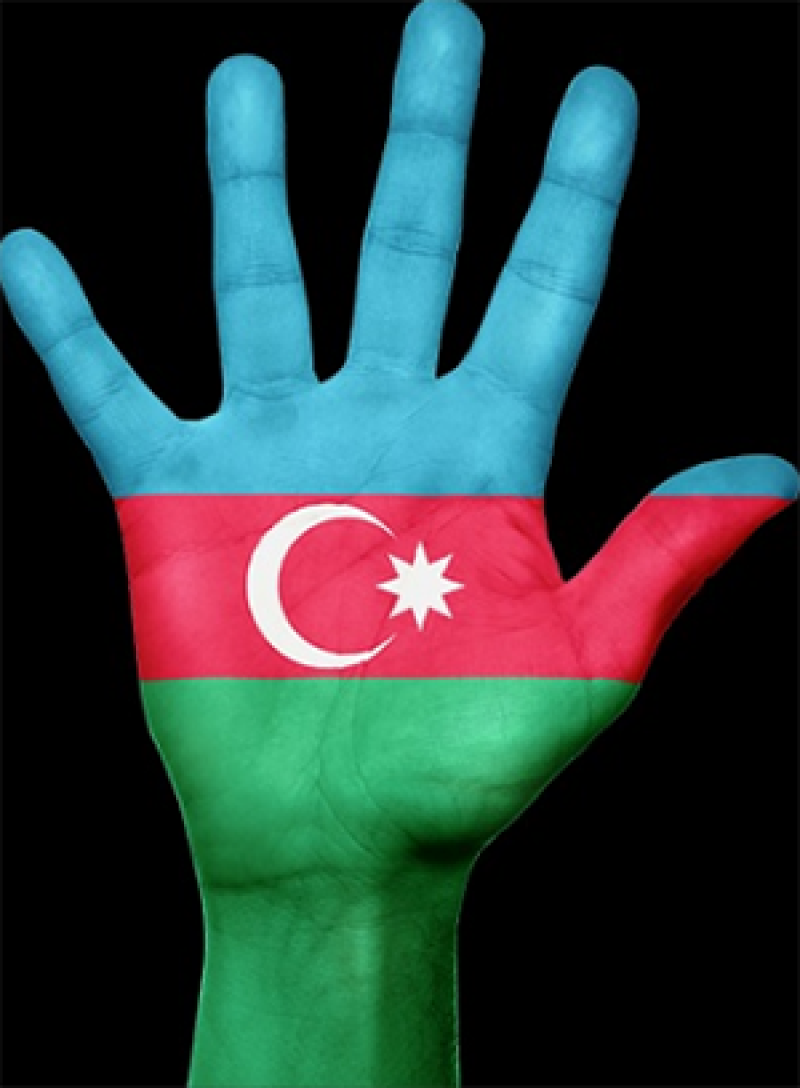
|
Stop! Investors pause for thought as the |
Low crude-oil prices causing currency wobbles, fiscal budgeting problems and social instability risks have seen the former Soviet Union republics become a ‘no-go’ zone for investors in recent years, reversing the optimism that built up when many were riding along on the oil boom.
Risk scores for every country in the region, bar Georgia, are lower in Euromoney’s country risk survey compared with 2010 (see below).
Scores for Russia, Ukraine and Belarus have fallen sharply, driven down by the conjoined effects of the commodity shock and conflict risk exacerbating the threat of payment delays and outright bond default, in Kiev at least.
Notably, the risk scores were sliding well before oil prices began plummeting in mid-2014.
Low-scoring (high-risk) countries, such as Kyrgyz Republic, Tajikistan, Turkmenistan and Uzbekistan have also lost ground, burdened by their lack of economic diversification and domestic political risks.
With one or two exceptions, the region is hardly a bastion of democracy, more a breeding ground for the pro-business, corrupt dictatorships that have replaced the communist orthodoxy of old.

|
However, the oil shock is now a wake-up call for leaders who have been hitherto relying on the steady flow of commodity wealth to aid development, and enrich themselves and their self-serving elite. This is necessitating some painful adjustments, though it might not bring about the changes investors are hoping for.
Oil-producing countries are “recalibrating their fiscal spending plans for the next few years in response to a more uncertain economic outlook”, says Lilit Gevorgyan, a regional country risk specialist at IHS Markit.
“There has been a lot of talk of fighting corruption and radical improvement of business conditions to steer their economies away from heavy dependence on the energy sector,” she says.
“Limited changes are already happening. However, the most likely strategy of these countries will be reducing their fiscal outlays and waiting for the recovery of oil prices.”
That might be quite a while, too, as forecasts of higher energy prices are constantly shifted further into the future. It had been predicted, remember, that 2016 might see a recovery.
Opec producers have since made some commitment to lowering oil production to stem the falls, but as 2017 draws nearer, oil prices are still trading within the $50 to $52 per barrel range, compared with a peak of $115 in mid-2014.
The question is whether oil prices can regain strength with China’s economy slowing.
To a varying degree, governments in the region are prioritizing their spending, reluctantly embracing privatization – while preserving a strong role for the state – and trying to improve the business environment; tackling red-tape and incentivizing entrepreneurship through the tax system.
However, progress has been slow in Azerbaijan and is a reason why its risk score fell the most of any CIS country in Q3 2016. Kazakhstan’s score fell only slightly further; Russia’s began to rebound, but from a debased value and is still a high-risk credit.
Battening down hatches in Baku
Gevorgyan believes Azerbaijan is experiencing “a delayed economic shock that Russia and Kazakhstan saw in 2015”. This is mainly due to a slow and largely inadequate policy response.
After burning through billions of dollars to prop up the manat, the monetary authorities ultimately succumbed to pressure to devalue the currency.
This occurred twice in 2015, and as it continues to weaken – causing inflation and weakening household balance sheets, while also swelling external debt payments – the central bank has raised its refinancing rate to 15%, causing the cost of borrowing to rise.
Ultimately, the economy is contracting and, much like Russia and Kazakhstan, “Azerbaijan is likely to see only a feeble recovery in the near term”, Gevorgyan says.
The IMF’s latest forecasts concur. In its World Economic Outlook released this month, Azerbaijan’s GDP is expected to contract in real terms by 2.4% this year – only Belarus will contract more steeply (by 3%). Next year Azerbaijan is expected to grow by just 1.4%.

|
Recovery prospects worse
The region’s net energy exporters – Azerbaijan, Kazakhstan, Russia, Turkmenistan and Uzbekistan – are expected to grow by 1.3%, supported by strong growth in the latter two countries.
The rest, the net energy importers, will manage growth averaging 2.1%, but the low oil price is not quite the panacea it is perceived to be.
Even ignoring the intricate political risks these countries endure, investment is low, producer margins are under pressure and inward foreign direct investment to Armenia and Ukraine, especially, is affected by conflict and political unrest.
As Gevorgyan explains: “Considering their economic interdependence and the importance of the Russian economy in the region, even the net energy importing countries remain indirectly exposed to the negative impact of the low crude oil prices.
“This is manifested by weak external demand for their exports, especially in Russia, and low levels of remittances and investment. These undermine the positive impact of the low crude oil prices for energy importing countries.”
The IMF believes the recovery will be slower than either of those that followed the 2008/09 global financial crisis, or the financial crisis in Russia in 1998.
That would cause hardship as living standards fail to keep pace with other emerging markets.
Without the deeper reforms the region is renowned for ignoring, investors are unlikely to reap the rewards.
Even the safest sovereign, Kazakhstan, ranks 72nd and tots up less than half the 100 points available in Euromoney’s survey.
It means there are no CIS countries presently in tier three, making Brazil, South Africa and Turkey all safer credits. That is reason alone to pause for thought.
This article was originally published by ECR. To find out more, register for a free trial at Euromoney Country Risk.